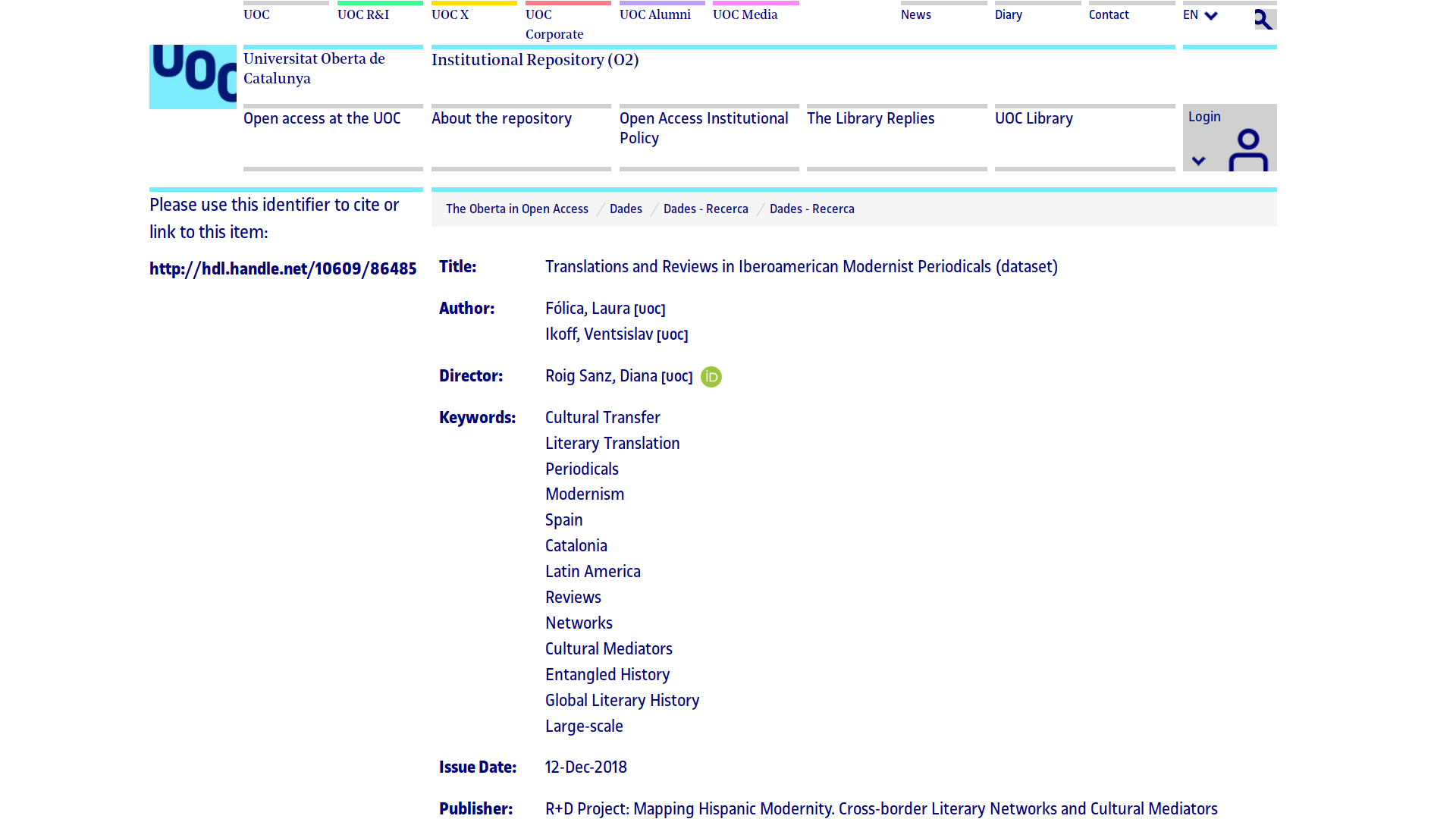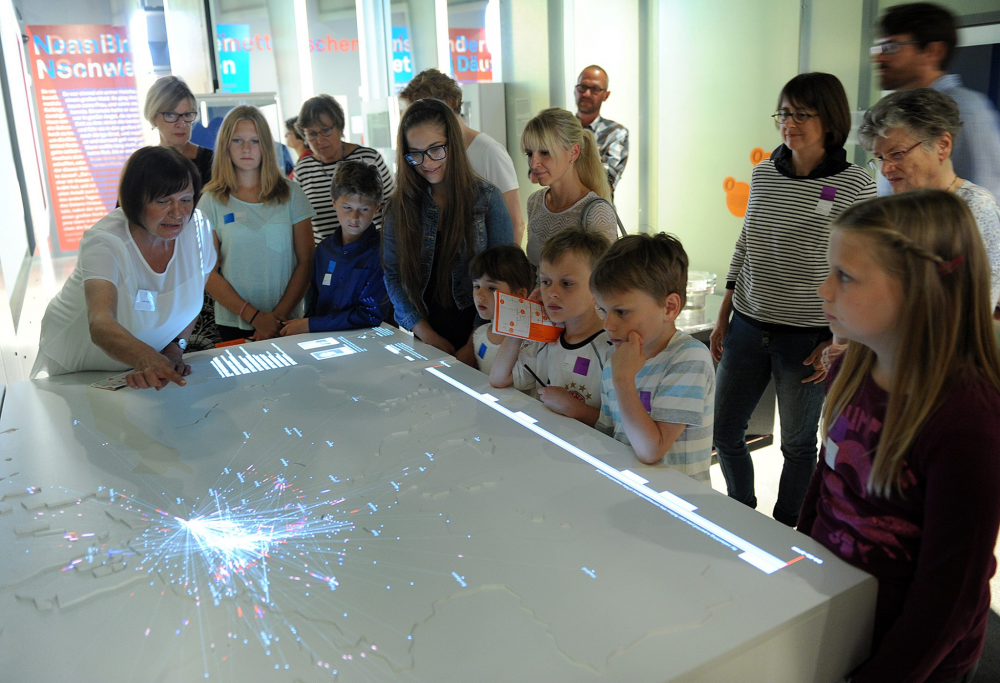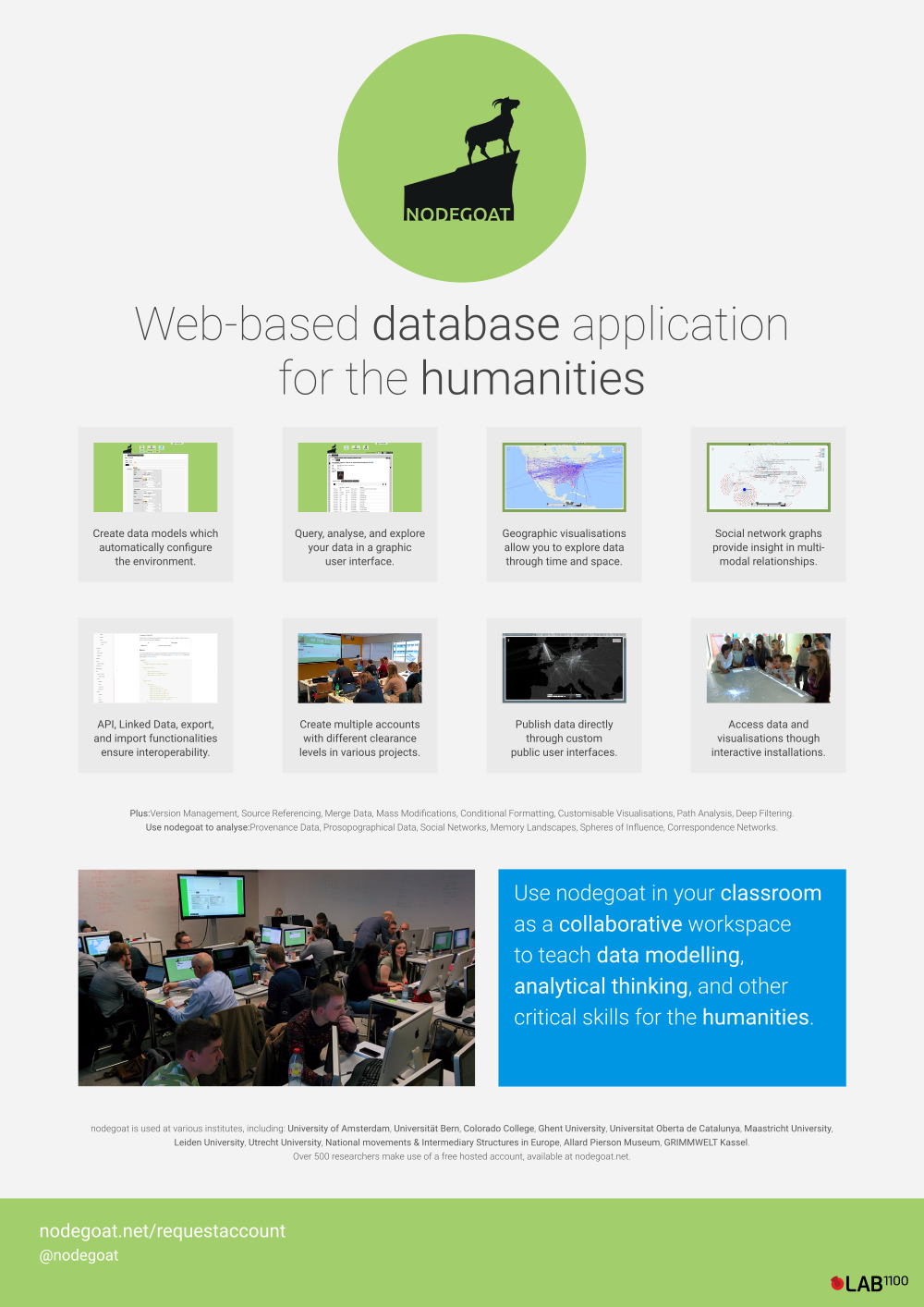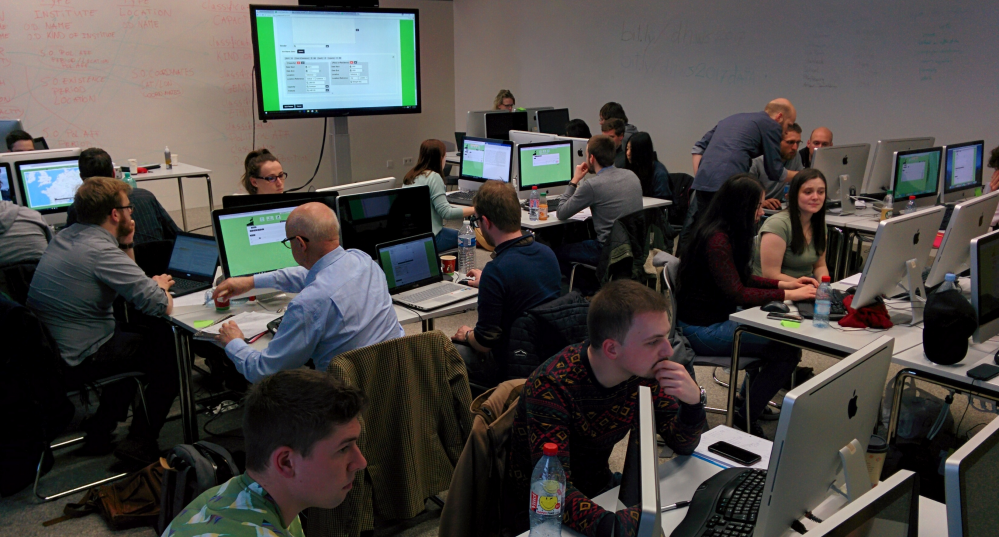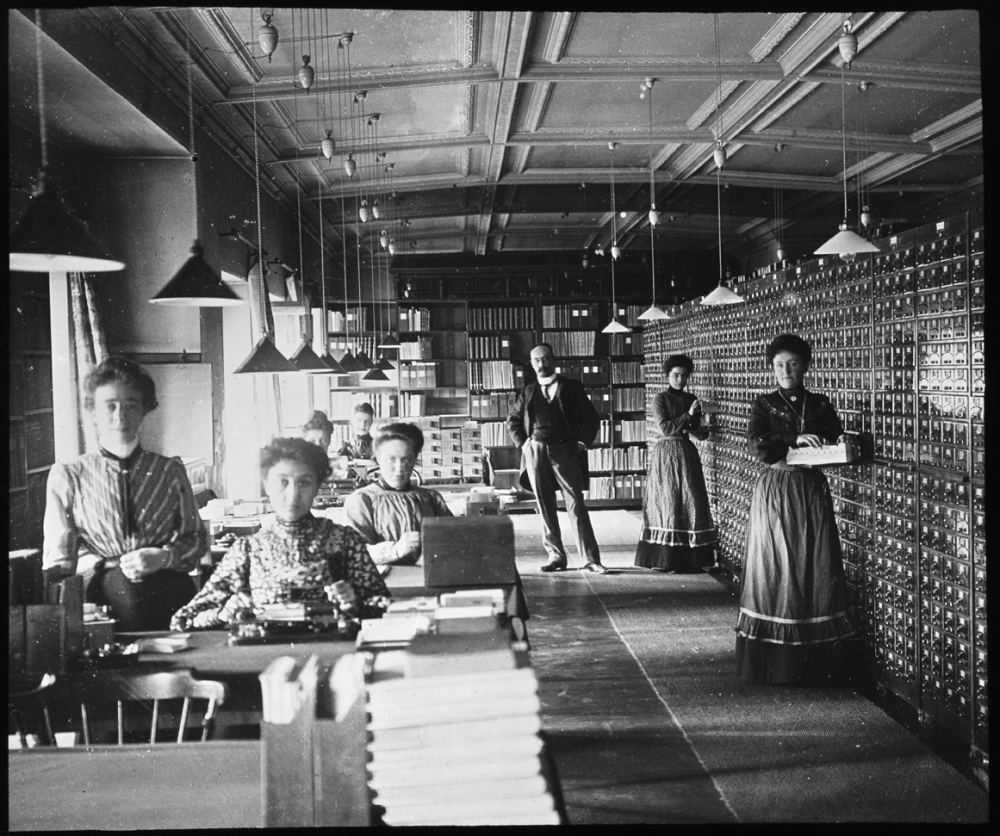Learn more about nodegoat in Mainz, Paris, Erfurt, or Pisa
CORE AdminIn the next weeks nodegoat will be present at several conferences. Meet us in Mainz, Paris, Erfurt, or Pisa to learn more about nodegoat or discuss your nodegoat project with us.
Mainz: Networks Across Time and Space
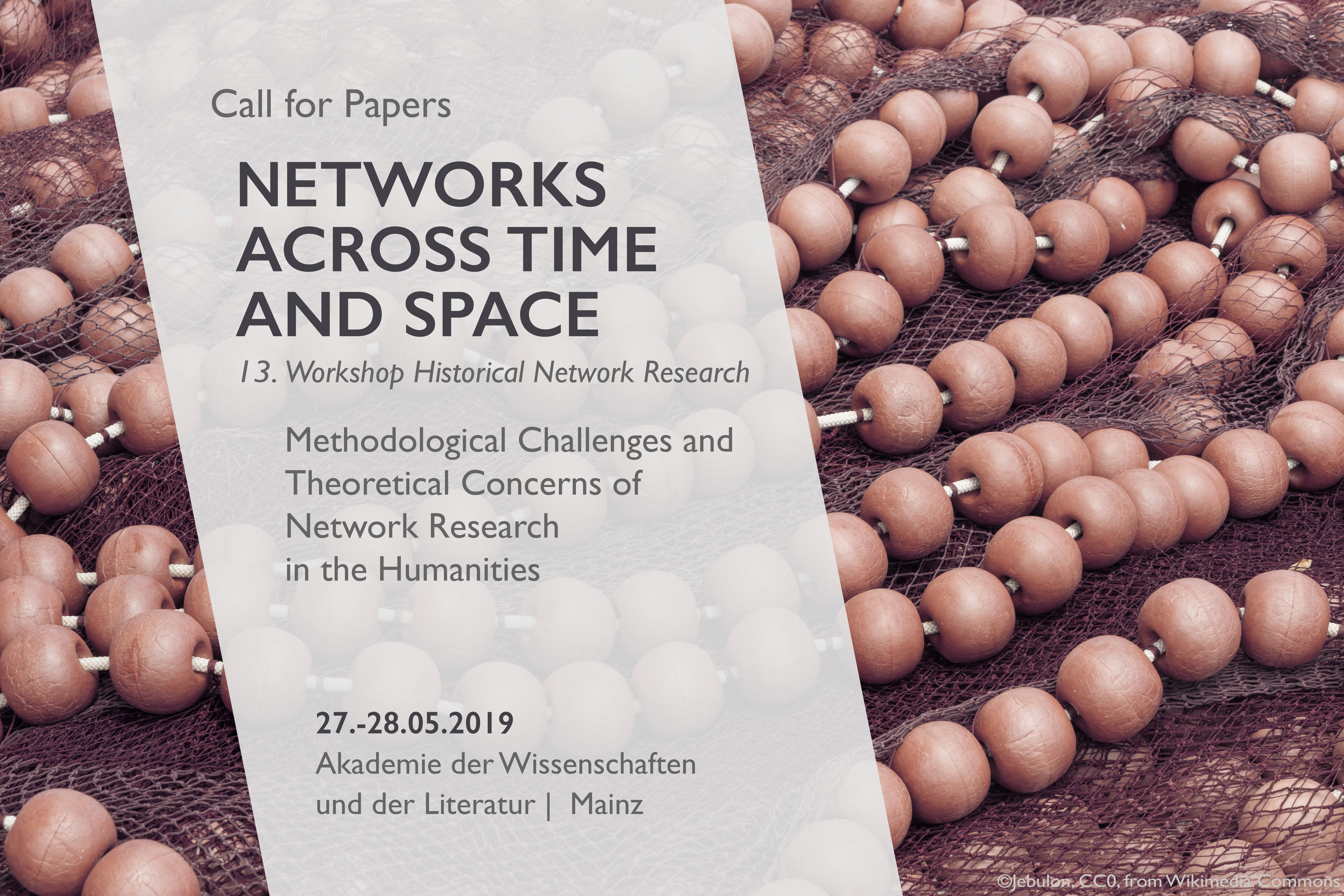
During the 13th Workshop on Historical Network Research titled "Networks Across Time and Space" we will give a nodegoat workshop and present the recently developed analytical features of nodegoat. This event takes place on May 27th and 28th at the Akademie der Wissenschaften und der Literatur in Mainz.
Paris: Teaching History in the Digital Age – international perspectives #dhiha8
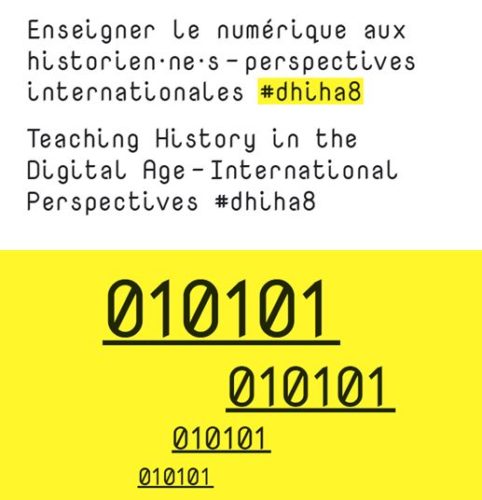
We will give a workshop with the title "Teaching Database Skills for Historical Research with nodegoat" on June 17th at the Institut historique allemand Paris. This workshop is part of the conference "Teaching History in the Digital Age – international perspectives #dhiha8".[....]
